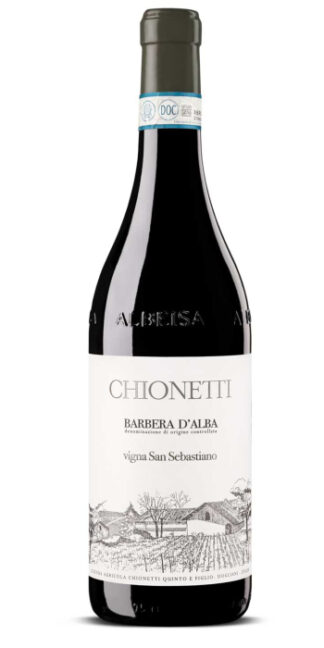Description
Barolo Perno 2016 Raineri
Variety: Nebbiolo 100%
Ruby red with lively garnet reflections.
This representation of Barolo 2016 is also worth noting. The nose surpasses the younger brother in extension, while sharing the cleanliness and intensity. In some ways more austere and reserved, it shows aromas of fresh fruit, always with red plum and cherry, but also hints of blueberry. The dried rose petals, the meadow violet, the fallen leaves, the musk, and the classic china and rhubarb. Tobacco and aromatic herbs are present, but they decline in more streams, so as to increase their esteem. He has just started walking, but the bright future that awaits him is already visible.
On the palate it is harmoniously balanced. The vintage has consciously distributed all the attributes, so the hatred of roundness contrasts with well-defined hardness. We anticipated the result in the introduction: balance and harmony. The depth of the sip is remarkable, for a long persistence dotted with aromas of plum, rhubarb, spices and violet.
Summarizing the three aspects, 2016 will be a really great vintage, and Perno di Raineri stands out for being an excellent Barolo, fully corresponding to the cru of belonging.
Barolo Perno 2016 Raineri
Raineri practices eco-sustainable agriculture, with grass coverings, and defense against powdery mildew and downy mildew with copper and sulfur. No use of herbicides.
The grapes come from the younger vines of the Perno vineyard, located in the municipality of Monforte d’Alba.
Soil: the conformation of the soil is sandy, with limestone marl and clay.
Exposure and altitude: south-west, while the vineyard has an average height of 350 meters above sea level.
Planting system: espalier with guyot pruning, for an average plant age of 25 years. The yield of grapes per hectare is equal to 55 quintals.
Harvest is done manually, to select only the best bunches, with the use of 20kg boxes.
The period, in normal climate conditions, occurs around mid-October.
After removing the stalks before crushing the berries, it then ferments in thermo-regulated stainless steel tanks for about three weeks. Carries out the malolactic transformation and then refines in large Slavonian oak barrels for 24 months.
Filtration takes place by decantation and decanting, consequently the bottling is carried out without any filtration or clarification.






